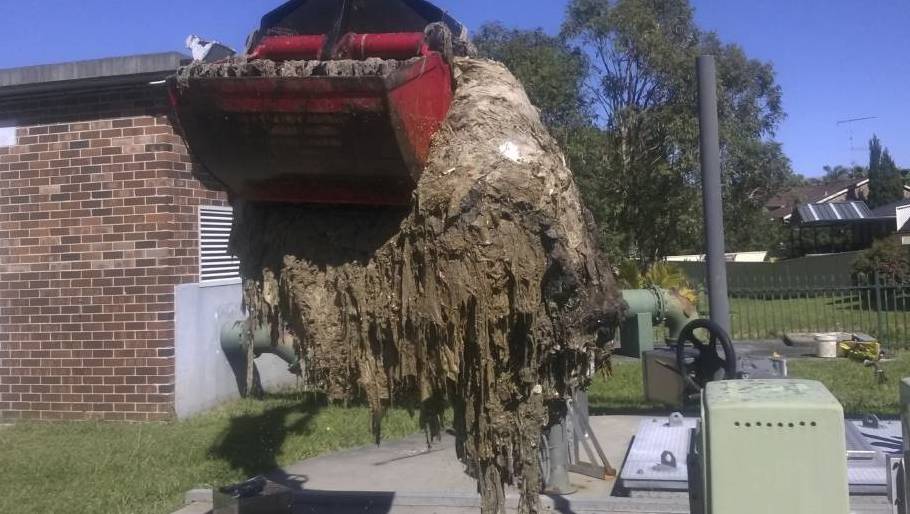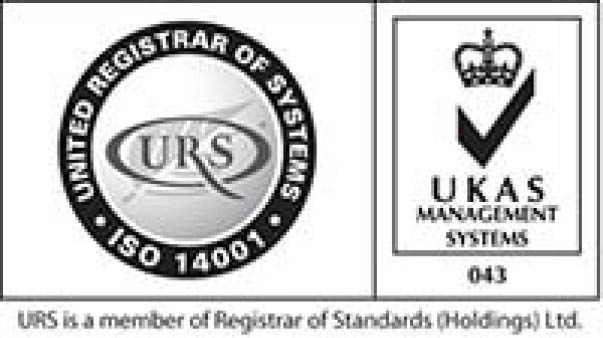Wet wipes according to the dictionary…
‘A small disposable cloth treated with a cleansing agent, used especially for personal hygiene’.
I use these wet wipes with no thought or consideration to what they are made of. I use them to clean my bathroom, remove my make up and when my Grandson comes to visit I will use them casually through out my day to wipe hands, face and surfaces. But what damage am I doing and is it really as bad as I am being told?
Wet wipes. Baby wipes. Hand wipes. Anti-bacterial or cleaning wipes. Whatever you call them, they are causing problems.
These wipes have been around for a while. Back in 1958 a American called Arthur Julius first invented the wet wipe (or moist towelette as it was called back then). In 1962 he struck a ‘finger lickin’ deal with Colonel Sanders to provide a free ‘wet wipe’ with all Kentucky fried chicken meals. The moist towelette revolution quite simply took off from there.
The wipes (non woven towelette) were developed to be as useful but less fragile than a moist tissue and more portable and disposal than a damp flannel. It is down to the way we choose to live our lives that these wipes have been made to be as useful, practical and easy to use as possible. We use them because they do what we need them to do. They are durable enough for heavy duty cleaning tasks AND disposable ! The fabric used is chosen on the basis of durability, cost and absorbency. The fabric is then saturated with a cleansing solution. To be mild yet effective.
The damage is caused with what the wipes are made from. To put it simply… they are made of polyester – a form of plastic that does not deteriorate, for example like a tissue. It is woven together with cotton so as a whole means wipes remain together in waterways for a long time. The fabric used is chosen on the basis of durability, cost and absorbency. The fabric is then saturated with a cleansing solution. To be mild yet effective. Once the wipes are flushed into our sewer system, mix them with oil and grease from our sewers and you have what is called a fatburg. In 2017 there were approximately 300.000 sewer blockages. Costing the water industry £100 million. They are harming our environment and simply blocking our drains. There is no doubt that the UK sewers are in trouble. And it is not just the sewers. 5000 wipes along side of the Thames water were found in a area the size of half a tennis court. Last year The Marine Conservation Society annual beach clean volunteers found an average of 12 wipes per 100 meters of beach. That is a increase of more than 300 per cent in the past decade. A “fatberg” measuring 210 feet and consisting of a combination of oil, grease and wet wipes was found blocking a sewer in a seaside town in England. Local utility company South West Water said it will take up to eight weeks to cut up the “fatburg” and remove it from the sewer in the southwestern town of Sidmouth. In UK alone the water companies spend approximately £88 million of customers money clearing something like 360,000 blockages that occur annually in the sewage network.
So what can the district councils, our local recycling centres, the government, you and I do to make a difference?
The government are claiming that wet wipes could be banned within 25 years but 25 years is a long way in the future. The plan is to make clearer messages on the packaging about NOT flushing. So people think twice about putting the wipe down the toilet. There will soon be a ‘fine to flush’ symbol which will be introduced in the UK for wet wipes that do not contribute to sewer fatbergs. Some wipes have been re-engineered by the industry to be made of wood pulp, same as toilet paper and also chemically treated to ensure they last longer. Hygiene firms claim they break down but water companies and scientists disagree. Flushability labelling on wet wipe packs is mainly based on voluntary standards and internal industry testing. For example, there is doubt about the accuracy of disintegration tests (slosh-box-testing). This is where the wipes are shaken up in a water tank in labortory conditions to simulate what happens in plumbing and sewage systems. Independant testing suggests that even flushable wet wipes can in fact stay intact far longer than some manufacturers claim.
There are alternatives to the wet wipe and maybe it is time we looked into what they are and stop putting those packs of wet wipes into our shopping trolley.
Instead of bathroom wipes, maybe it is time we went back to using warm water, bathroom spray and a cloth that we can wash and reuse. Stop using make up wipes and invest in a ‘make up eraser’ which is environmentally friendly and can be reused time and time again. One thing we could do, which is not ideal but a step in the right direction is to put the wet wipes we do use into a bag and and take to our local recycling site to be sent to land fill instead of our sewers. Perhaps to have a pile of these wipes it may help us to visualize the amount we use and give us the incentive to stop using them entirely. We all live in a world where we try to think as much as possible about our recycling and how we can recycle as much of our household waste as possible, its time wet wipes became a part of that mind set. Instead of hand wipes we could have a small pot of hand sanitizer in our bag/pocket.
In 2017 wet wipes account for a startling 93% of the material blocking our sewers according to Water UK, (the membership body for water providers). If we all cut a percentage of our wet wipe usage we could and would make a big difference. It is quite simply time to wipe out the wet wipe from our lives.

